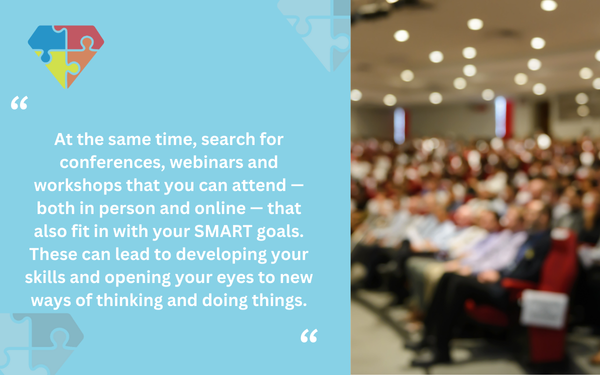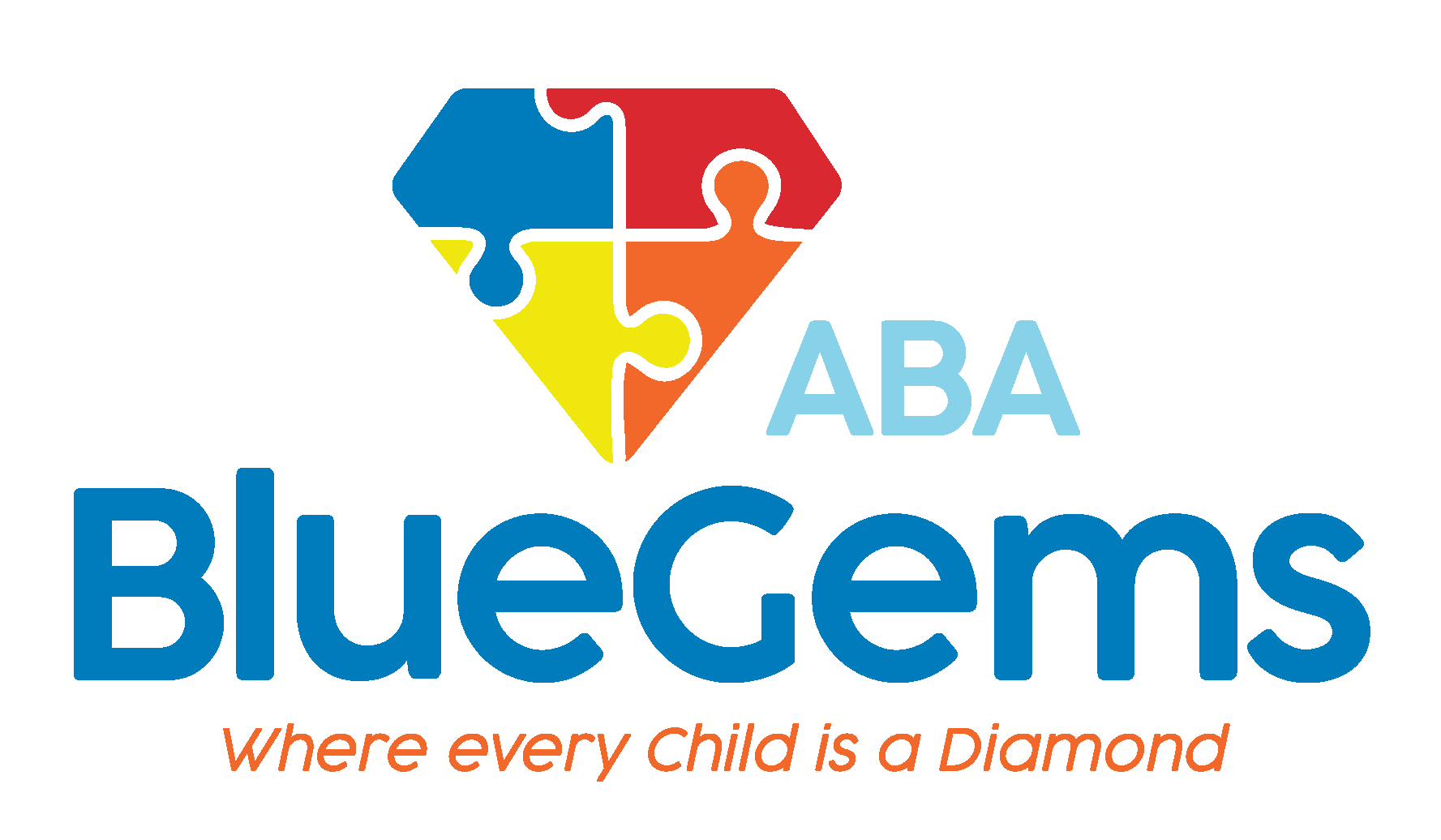Professional Developments Plan for BCBAs
When someone earns the title of Board Certified Behavior Analyst (BCBA), it represents one of the crowning achievements in the world of ABA therapy, or applied behavior analysis. It’s true that BCBAs hold the top positions in most ABA therapy companies, but achieving the certification itself does not mark the pinnacle of one’s career.
To become a BCBA, you have to prove your expertise and knowledge in behavior analysis and many other fields. You also must show that you’ve put in the time and effort both in the classroom and in the field serving people with autism spectrum disorder (ASD) and other developmental disabilities.
Holding a BCBA opens a world of career advancement opportunities, from serving in supervisory roles and leadership positions at organizations that provide ABA therapy, to opening your own private practice or consultancy, to doing research and teaching.
If you want to achieve these lofty goals, you’ll need to create a professional development plan that can help get you there. Here are some ways to create such a plan.
Table Of Contents
Be SMART About Your Goals
Setting goals is an integral part of ABA therapy, and it’s something that needs to be a central part of any professional development plan for BCBAs.
More specifically, you need to set SMART goals — ones that are Specific, Measurable, Achievable, Relevant and Time-Bound. BCBAs should be familiar with the concept of SMART goals, as they are the ways goals are set for ABA therapy patients.
It starts by defining very clearly what you want to achieve (Specific). Then, set up the ways in which you’ll track your progress toward the goals (Measurable).
As you’re doing so, make sure that the goals are attainable and realistic for you (Achievable), and that they align with the aspirations you have for your career (Relevant).
Finally, set a specific deadline by which you want to achieve these goals (Time-Bound).
Identify Opportunities for Learning
Education and training are at the heart of career growth. So, it’s important to identify potential opportunities for development and learning, which can be broken into two main categories.
The first category is classroom-based learning, which includes everything from Continuing Education Units (CEUs) that BCBAs have to earn, to conferences, webinars and workshops you can attend in addition to those requirements.
CEUs can be earned through many reputable providers, and a lot of these companies offer online options to make it as convenient as possible. You can earn CEUs in a number of different topics, but you should make sure that the ones you focus on also align with your SMART goals.
At the same time, search for conferences, webinars and workshops that you can attend — both in person and online — that also fit in with your SMART goals. These can lead to developing your skills and opening your eyes to new ways of thinking and doing things.

The second category here is joining and being active in professional networks. Organizations such as the Association of Professional Behavior Analysts (APBA), for example, sponsor many conferences and provide plenty of opportunities to meet other people in the industry and network with them.
Finding the right balance of in-person events where you can meet and converse with people, and joining online communities that allow you to connect from wherever and whenever, is a good idea as well.
Tip: Review these tables quarterly and update items to keep your plan active and aligned with your evolving goals.
Constantly Monitor and Update Your Plan
While you will be tracking your SMART goals individually, it’s also important to constantly monitor your plan from a bird’s-eye view and update it accordingly based on your changing desires. After all, as you continue to work in the field, your vision for your career may change — sometimes even substantially.
A professional development plan for BCBAs should be looked at as a living document rather than a relic. In other words, it can be viewed and changed in real-time based on your needs, situation and/or desires.
By monitoring your professional development plan, you can ensure that you’re actually staying focused and on track. Online platforms and software allow you to manage different activities, set up reminders and log progress.
They also allow you to reflect back on what you’ve done, what you’ve discovered along the way and what you think about the plan as a whole once you’ve done that. By doing this, you will gain a keen understanding of where you’re going, and whether you still want to go there.
Blue Gems ABA Supports the Career Paths of All Our Employees
Becoming a BCBA is an impressive accomplishment, but it’s only the start of a career and not the end. Creating a professional development plan for BCBAs following some of the tips above will help you sketch out the career you want.
At Blue Gems ABA, we support the career paths of all of our employees, as their happiness, satisfaction and success directly impacts the patients we serve.
To learn more, please contact us today.




